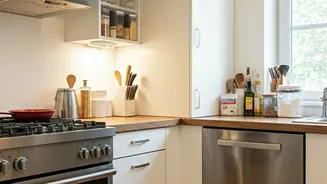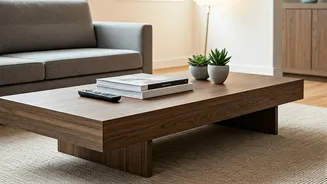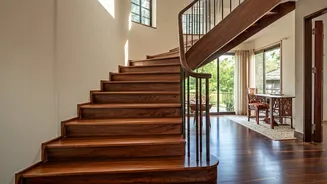Organizing Your Space
Creating an organized home is essential for stress-free living. Begin by decluttering regularly, discarding items you no longer use or need. Implement
storage solutions that maximize space and match your lifestyle, such as shelves, drawers, and baskets. Develop systems for different areas like the kitchen, bedroom, and living room. In the kitchen, ensure easy access to frequently used items, with items such as spices in sight for cooking. Regularly check and sort through your bedroom closet to ensure that it remains tidy. In living areas, use decorative storage units to combine functionality with aesthetics, creating spaces that are both tidy and welcoming. Consistent organization significantly reduces clutter and makes daily activities smoother, contributing to a more serene home life. It also makes your home feel more spacious and inviting for both yourself and any guests that may be visiting.
Maintaining Cleanliness Routines
Establishing cleaning routines maintains a healthy and pleasant living environment. Start with a weekly cleaning schedule, targeting different areas each day. This avoids overwhelming tasks and ensures consistent cleanliness. Focus on the high-traffic areas such as kitchen surfaces and bathrooms. Wipe down surfaces regularly to prevent the build-up of dust and grime. Use suitable cleaning products and follow safety guidelines, especially when handling harsh chemicals. Do your laundry weekly, ensuring all clothing and linens are fresh. The cleaning routine should also include vacuuming floors and dusting furniture. Proper cleaning not only enhances the appearance of your home but also contributes to overall health by reducing allergens and promoting a hygienic environment. By adopting and sticking to regular cleaning practices, you establish a home that is both comfortable and healthy to live in.
Enhancing Comfort and Ambiance
Creating a comfortable home environment enhances overall well-being. Focus on elements like lighting, temperature, and ventilation to optimize comfort levels. Use a variety of light sources, including natural light, ambient lighting, and task lighting to brighten up the interior. Ensure that the room temperature is appropriate for your requirements, perhaps using fans during warmer seasons and central heating during cooler periods. Improve air quality by opening windows regularly to ventilate spaces and refresh the air. Consider using air purifiers to reduce pollutants. Decorate your home with colors and decor that reflect your taste, to produce a soothing and personalized environment. Introduce soft textures through blankets, pillows, and rugs to create a cozy atmosphere. A well-balanced home combines all these factors and is far more enjoyable to reside in.
Managing Home Finances
Effective management of home finances promotes financial stability. Set a budget that includes all expenses related to your home, such as mortgage payments, utilities, property taxes, and maintenance costs. Track your spending regularly to ensure you stay within your budget and identify areas where you can save money. Prioritize paying your mortgage, utilities, and other essential home-related bills on time to avoid late fees and maintain a good financial standing. Consider ways to reduce energy costs, such as using energy-efficient appliances and light bulbs and ensuring adequate insulation. Regularly review insurance coverage to make sure you're adequately protected against potential risks. Develop an emergency fund for unforeseen home repairs or expenses. Prudent financial management is key to maintaining the financial security and the long-term value of your home.
Security and Safety Measures
Ensuring home security and safety is vital for peace of mind. Install and maintain security systems, such as alarms and surveillance cameras, to deter intruders and protect your property. Lock doors and windows, especially when leaving home or going to bed, and consider the installation of secure locking mechanisms. Regularly test smoke detectors and carbon monoxide alarms to ensure they are functioning correctly. Have a fire escape plan and practice it with your family. Keep emergency contact information readily available. Store hazardous materials, such as cleaning products and medications, safely out of reach of children or pets. Improve outdoor lighting to deter crime and enhance visibility around your home. Take steps to prevent falls, such as securing rugs and installing grab bars in bathrooms. Periodic reviews and upgrades of your home security practices keep your home safe.






